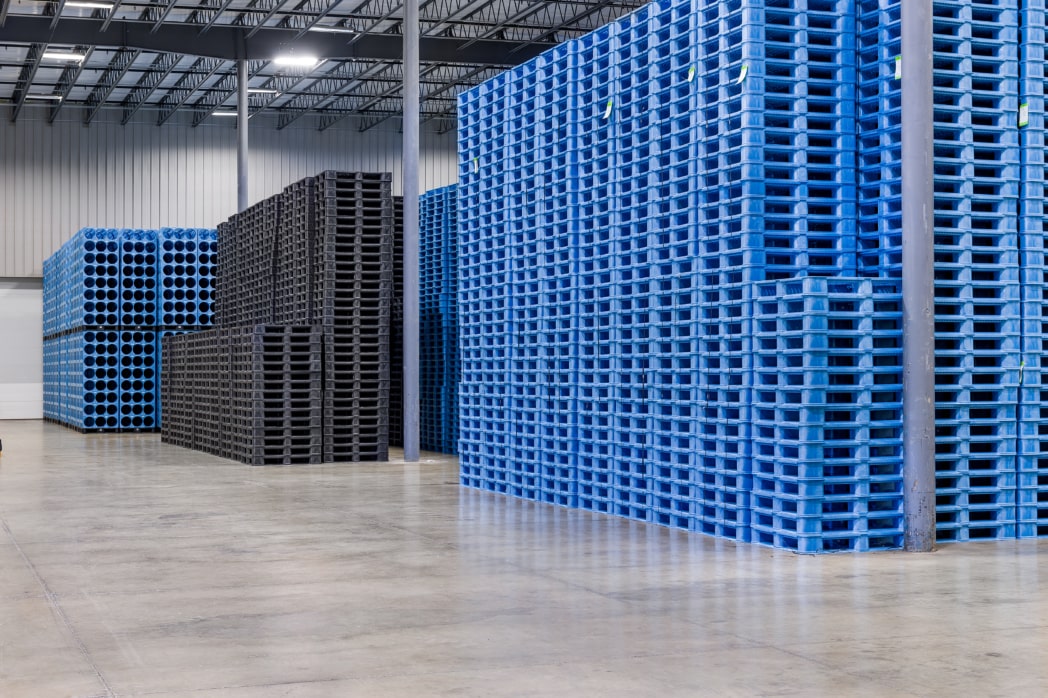There are few parts of the country that aren’t affected by natural disasters. Hurricanes, tornados and other extreme weather seem to be increasing both in frequency and intensity. One upside of the media’s attention to these catastrophic events is that it clearly shows the value of preparedness.
Hopefully, your region won’t be the next one affected. But if it is, here’s what you need to know about emergency water storage to stay safe.
What Should I Do Before a Storm?
Clean, fresh water is essential to life. Storms and natural disasters can knock out your power or cause your local water supply to become contaminated. For this reason, having enough on hand — and keeping it safe and sanitary — is a critical part of emergency preparedness.
The U.S. Centers for Disease Control and Prevention recommend keeping a minimum of 1 gallon of water for each person, per day. Plan for a minimum of three days, though if you have the storage space available, two weeks is preferred. Don’t forget about your pets, either — they will need the same amount of water as any other family member. FEMA recommends consumers purchase commercially bottled water and store it in a dark, cool place in the original, sealed container.
What’s the Best Way of Storing Water for an Emergency?
Buying large bottles of water and keeping them unopened is an easy way to set aside water for an emergency. However, if you prefer to store water yourself, use only food-grade containers such as those found at most hardware and camping stores.
If you are going to use your own containers for emergency water storage, wash them thoroughly using soap, water and a small amount of household bleach. Let them air dry before filling them. Never use glass bottles or other containers that can break easily.
You can store containers of tap water at room temperature if you replace it every six months to ensure the best the filtration and taste. However, the U.S. Food and Drug Administration has determined unopened commercially bottled water has an unlimited shelf life.
It’s also a good idea to keep some water in your freezer so you can keep food cold if your power goes out. Immediately before a storm, fill your bathtub with water, so you have extra on hand to flush your toilets.
What Should I Do During a Storm?
If you’ve set aside enough emergency water, there’s a good chance you’ll have nothing to worry about during a storm. Unless you’ve been instructed to do so, don’t ration water — keep drinking enough to stay hydrated and healthy. If you’re in danger of running out, stay cool, limit your activity and don’t drink caffeine or alcohol. Both of these can cause dehydration.
If you’re concerned about an emergency water supply, boil the water for a full minute before drinking or washing with it. You can also add a small amount of household bleach — about 1/8 of a teaspoon per gallon. Stir and let stand for a half-hour. This will kill off most of the bacteria and viruses that can make you sick.
Staying Safe and Calm
It’s easy to let constant reports of storms and other calamities overwhelm your thinking when it comes to emergency preparedness. While there’s no predicting how or when a natural disaster will affect you, something as simple as making sure you have enough water on hand will save you a great deal of last-minute panic when a storm comes.
Bottle-Up® bottled water racks from Polymer Solutions International, Inc. are sturdy enough for commercial applications but are also a great way to keep an emergency water supply in your home. Learn more about them today.
Our hygienic plastic pallets are the perfect solution to optimize your supply chain during the ongoing COVID-19 pandemic. Learn more about our COVID-19 response.



